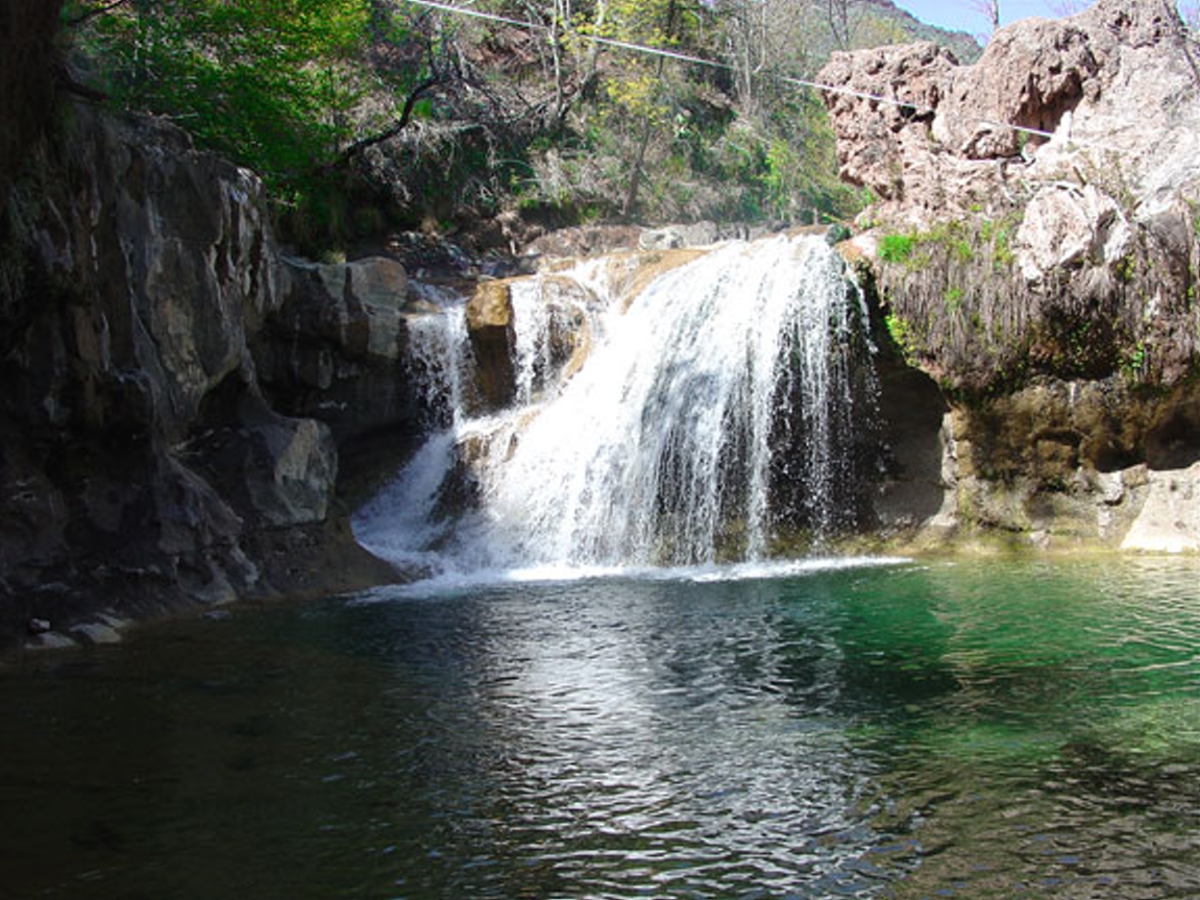March 24, 2023 — The Arizona Department of Environmental Quality (ADEQ) announced Wednesday that two more bodies of water have been removed from the state’s Impaired Waters List, bringing the total number of provisional delistings to eight for calendar year 2022. Fossil Creek and a section of the San Pedro River were removed from the list for exceeding the surface water quality standard for E. coli. However, the removal is pending final approval by the U.S. Environmental Protection Agency (EPA).
The water samples for Fossil Creek and the San Pedro River were collected by volunteers through Arizona Water Watch , ADEQ’s Community Science Program. The volunteer citizen scientists collected about 6,900 samples in the 2022 calendar year, work that is estimated to be worth more than $800,000. The efforts of the volunteers were praised by Trevor Baggiore, ADEQ Water Quality Division Director, who said that working together could ensure that rivers remain healthy and vibrant for generations to come.
, ADEQ’s Community Science Program. The volunteer citizen scientists collected about 6,900 samples in the 2022 calendar year, work that is estimated to be worth more than $800,000. The efforts of the volunteers were praised by Trevor Baggiore, ADEQ Water Quality Division Director, who said that working together could ensure that rivers remain healthy and vibrant for generations to come.
Fossil Creek is one of Arizona’s two wild and scenic rivers and is designated as one of 22 Outstanding Arizona Waters under the Clean Water Act, which provides additional protections. Due to the temporary closure of public access to the creek because of the Backbone Fire from June 2021 to November 2022, ADEQ and the citizen scientists had the opportunity to study and sample the creek when people and pets were not allowed in the area. People and pets can contribute E. coli to highly recreated waters in many ways, including leaving trash behind, not cleaning up pet waste, and not using designated restrooms, among others.
The San Pedro River is the last major free-flowing, undammed river in the American Southwest. The removal of a segment of the river from the Impaired Waters List is the result of joint efforts to restore wildlife habitat and water retention in the lower San Pedro River Wildlife area. The Arizona Game & Fish Department has been working to improve the environmental conditions on the San Pedro by removing cattle from conservation lands along the river and riparian corridor and reducing access to the riparian corridor.
ADEQ will continue to provide training and equipment to sister agencies and volunteers to sample Arizona’s surface waters. The agency encourages everyone to get involved in helping protect Arizona’s rivers, from organizing a cleanup of local rivers to downloading ADEQ’s Arizona Water Watch mobile application before visiting one of Arizona’s rivers and sharing photos of the water, even when they are dry. Scientists use the photo submissions to quickly discover and analyze water quality issues, update flow data, and identify water bodies for future studies.
Image: Fossil Creek in Fossil Creek Wilderness, Coconino National Forest, Arizona , United States, by the U.S. Forest Service via Wikimedia Commons.
, United States, by the U.S. Forest Service via Wikimedia Commons.


Very interesting article. I know so little about water that it is all so fascinating. Who knew scientists could gather data on a dry riverbed by analyzing a photograph?